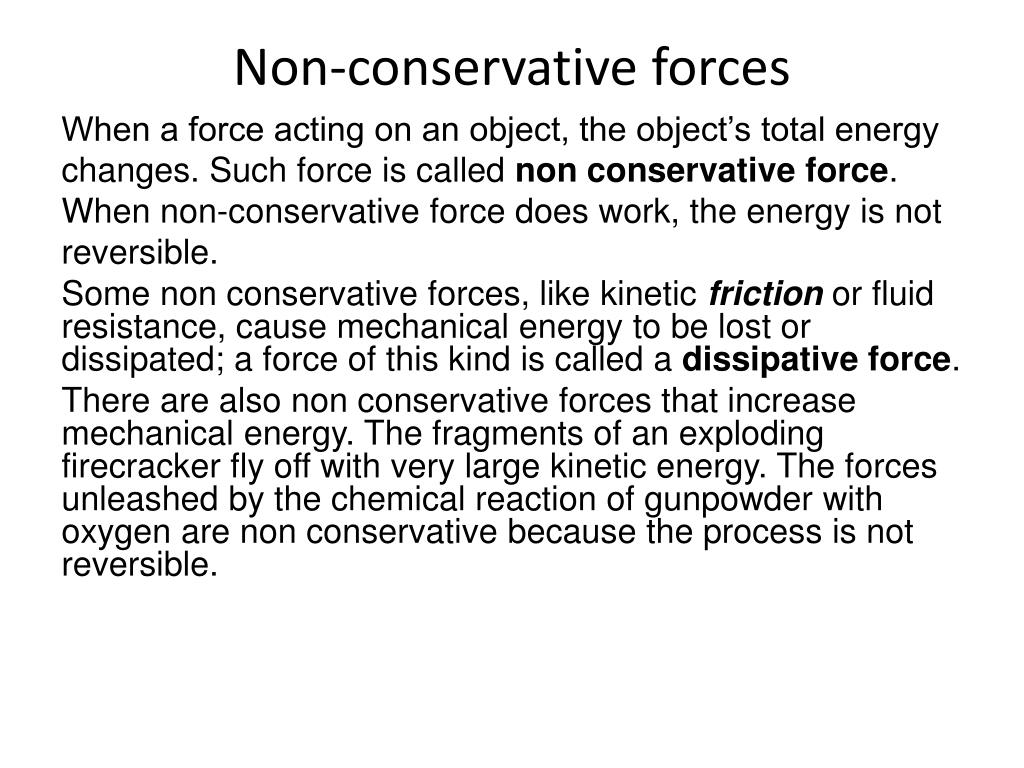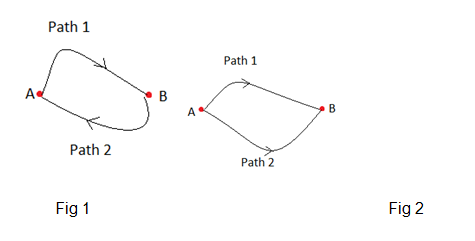

Releasing it from the same positions on the ruler as you did with the glass marble, is the velocity of this steel marble the same as the velocity of the marble at the bottom of the ruler? Is the distance the cup moves proportional to the mass of the steel and glass marbles? It is interesting to do the above experiment also with a steel marble (or ball bearing). You will need the mass of the marble as well to calculate its initial kinetic energy. As noted in Kinetic Energy and the Work-Energy Theorem, the work-energy theorem states that the net work on a system equals the change in its kinetic energy, or W net = ΔKE W net = ΔKE size 12. We will see that the work done by nonconservative forces equals the change in the mechanical energy of a system. Now let us consider what form the work-energy theorem takes when both conservative and nonconservative forces act. When the same rock is dropped onto the ground, it is stopped by nonconservative forces that dissipate its mechanical energy as thermal energy, sound, and surface distortion. (b) A system with nonconservative forces. The spring can propel the rock back to its original height, where it once again has only potential energy due to gravity.

When a rock is dropped onto a spring, its mechanical energy remains constant (neglecting air resistance) because the force in the spring is conservative. (a) A system with only conservative forces. While the work done by a Non-conservative force is irreversible in nature.Figure 7.15 Comparison of the effects of conservative and nonconservative forces on the mechanical energy of a system.

Thus, in order to identify Non-conservative force easily, we should be familiar with its properties. Non-Conservative force is also a commonly used force which we experience in our everyday life, such as the frictional force. It can lead to plastic deformation that can further cause the loss of kinetic energy.

Friction: After the player slides to the base (macroscopic motion), the friction which occurs will start to transmit energy into the ground and the player's pants, causing the atoms of the ground to vibrate more (microscopic motion).The more the air drag, the faster the ball is going to dissipate kinetic energy into thermal energy. It is the mechanical equivalent of heat, helping to convert the motion of fluid to heat. The ball starts to transmit kinetic energy to air molecules, making them vibrate faster and create (microscopic motion). Air drag: Following a baseball player hitting the baseball, the ball will pass via the air (which is a macroscopic motion).Normal force: The collision that occurs between a baseball and a bat (macroscopic motion), thus making a sound (microscopic motion).Non-conservative forces examples in a baseball game:


 0 kommentar(er)
0 kommentar(er)
